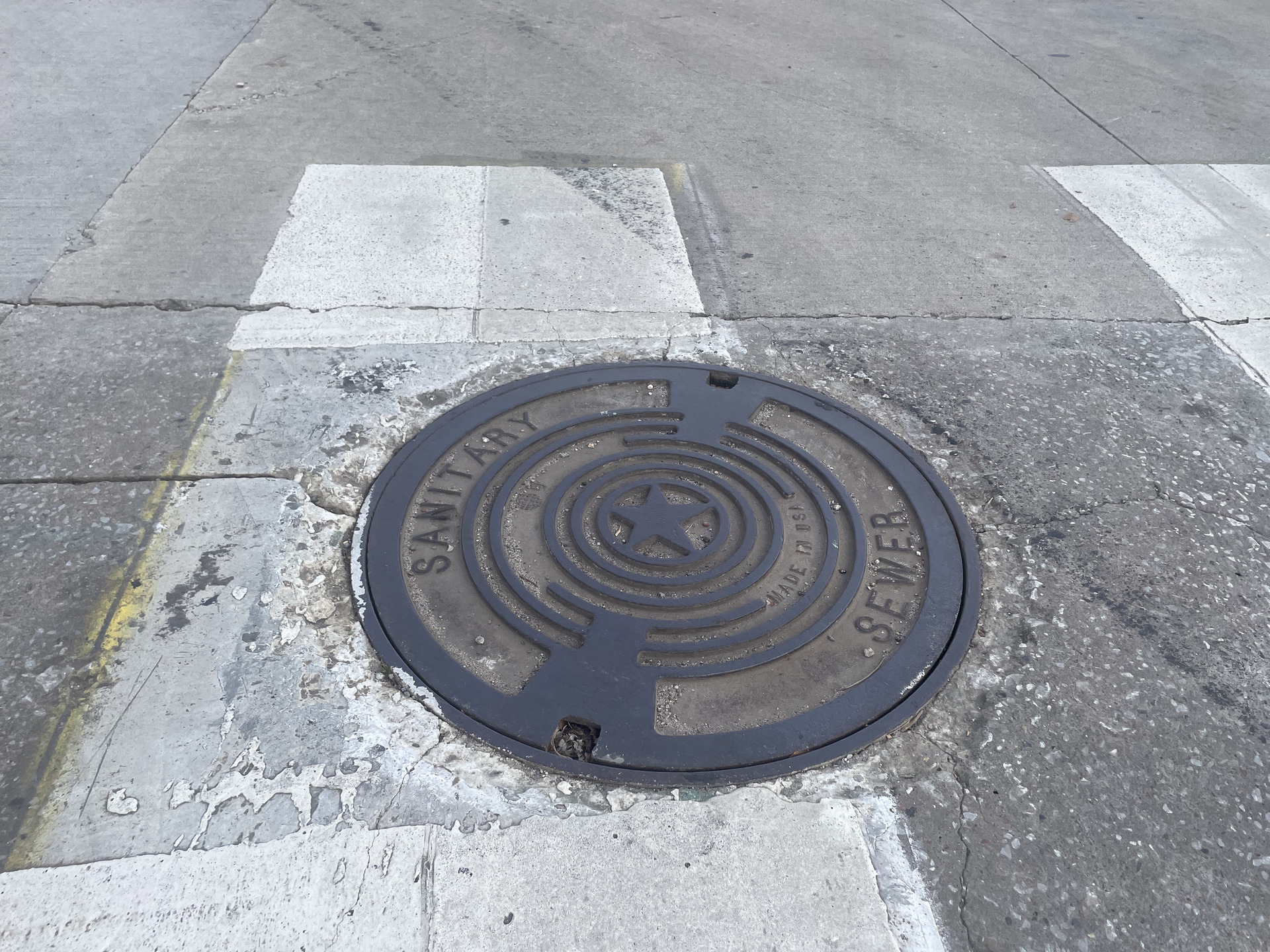
At the City of Bentonville, a team of three GIS technicians maintains a suite of maps and digital tools that underpin much of the city’s day-to-day operations.
GIS — short for “geographic information system” — is a way to map and analyze anything with a physical location, from parcels and pipes to streetlights and sidewalks.
Once mapped, the team can build apps that allow staff and residents to interact with that data in practical ways. While many of the tools they create are for internal city use, the public-facing ones receive about 20,000 to 30,000 visits each month.
A Growing Need for GIS
Jim Wheeless was the city’s first GIS hire and began building Bentonville’s digital mapping capabilities in the early 2000s.
At the time, the city still relied on printed maps.
“We didn't know what our zoning was, our city limits were. We had an idea, but we didn't have anything to verify that with,” Wheeless said.
GIS was initially part of the planning department but later moved to the IT department as demand for data tools grew across city operations.
Today, the team supports nearly every city department, with each relying on their services in different ways.
First responders use the maps to locate homes quickly. Cemetery staff use them to track plots. The planning department reviews development applications with them, and utility departments use them to manage infrastructure.
Last year, the GIS team transitioned from using on-site servers to a fully cloud-based system. The migration process underscored just how critical the service has become.
“There was some downtime where we didn't have GIS for a couple hours,” Wheeless said. “You really learn real quick when it goes down, how dependent these departments are.”
Public Maps
The most detailed public-facing map is the GIS Master Map, which staff describe as a “Swiss army knife.” It features dozens of data layers that can be toggled on and off.
Every parcel of land in the city is mapped, along with things like streetlights, fire hydrants, water lines, sidewalks, manholes, and street speed limits.
Available data layers include zoning classifications, flood plains, city council wards, and police beats.
In addition to the master map, the team maintains several other resources, including:
Bentonville 311: A centralized platform for residents to report concerns such as streetlight outages, sidewalk issues, and water leaks
Road Closure Web App: A real-time map showing current and planned street closures
Business Registry: An interactive dashboard where businesses can register ownership and emergency contact information with the city
Pending Planning Items: A visual tracker of development applications currently moving through the planning process
Public Art Database: Information on the dozens of public art pieces located on city-owned property






